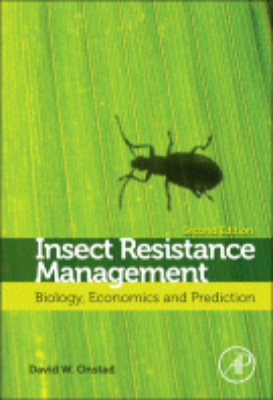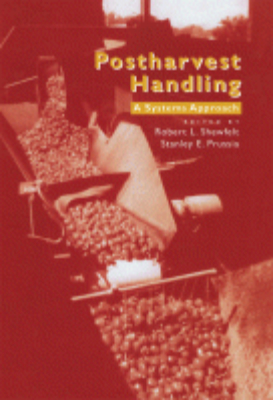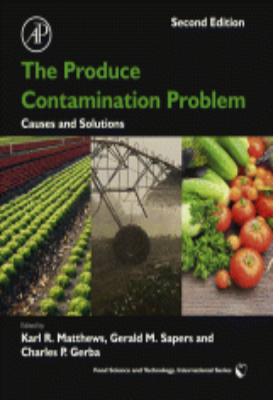Jubb, Kennedy & Palmer’s Pathology of Domestic Animals
“The 5th edition of Jubb, Kennedy, and Palmer’s Pathology of Domestic Animals continues the long tradition of this classic set of volumes as the most comprehensive reference book published on the topic of pathology of the common domestic mammals, with emphasis on disease conditions of cattle and small ruminants, swine, horses, dogs and cats. Using a body systems approach, recognized authorities in their fields provide overviews of general characteristics of the system, reactions to insult, and disease conditions broken down by type of infectious or toxic insult affecting the anatomical subdivisions of each body system. Since the publication of the 4th edition in 1993, much has changed. Disease agents, such as Bovine viral diarrhea virus (BVDV) type 2, Porcine reproductive and respiratory syndrome virus (PRRSV), Porcine circovirus 2, Hendra virus, and Leptospira spp., have emerged or further evolved. Molecular-based testing, including polymerase chain reaction (PCR) and in-situ hybridization, have allowed further understanding of pathogenesis of disease, and have greatly furthered our diagnostic capabilities. Key Features. Thoroughly revised text, including new or evolving pathogens and new diagnostic techniques.. Approximately 470 new illustrations.. Maintains the currency of the text, assists the reader in putting new conditions into perspective.. Updating of the Bibliography on each subject gives readers new entry points into the rapidly expanding literature on each subject.. Illustrations of new conditions or agents.. Reader-friendliness improved through highlighting of text, bullet-point lists, italics, diagnostic hints.”
| Publication Language |
English |
|---|---|
| Publication Access Type |
Premium |
| Publication Author |
* |
| Publisher |
Elsevier |
| Publication Year |
* |
| Publication Type |
ebooks |
| ISBN/ISSN |
* |
| Publication Category |
Animal Science |
Kindly Login to ICAR Digital Library Portal.











